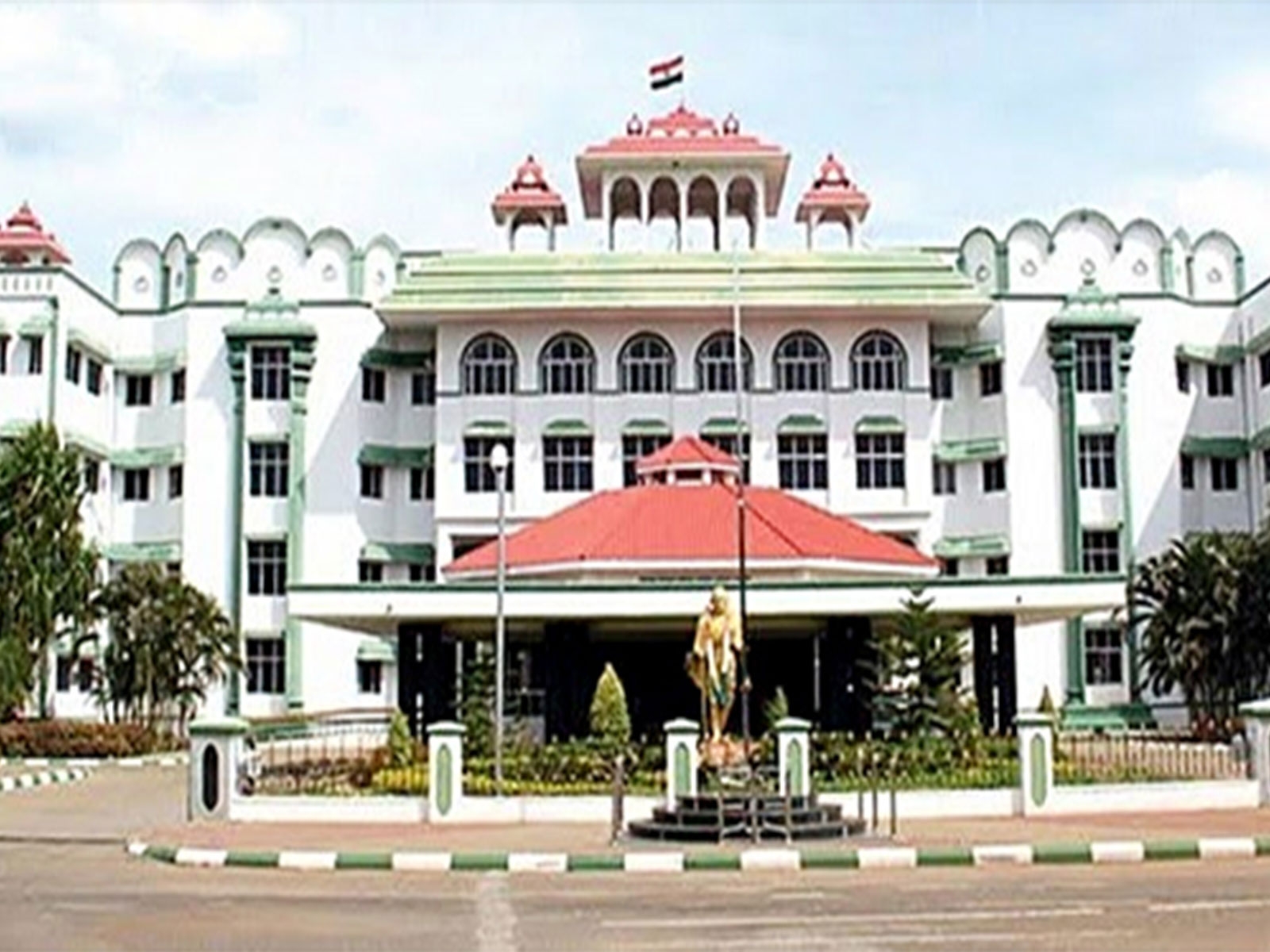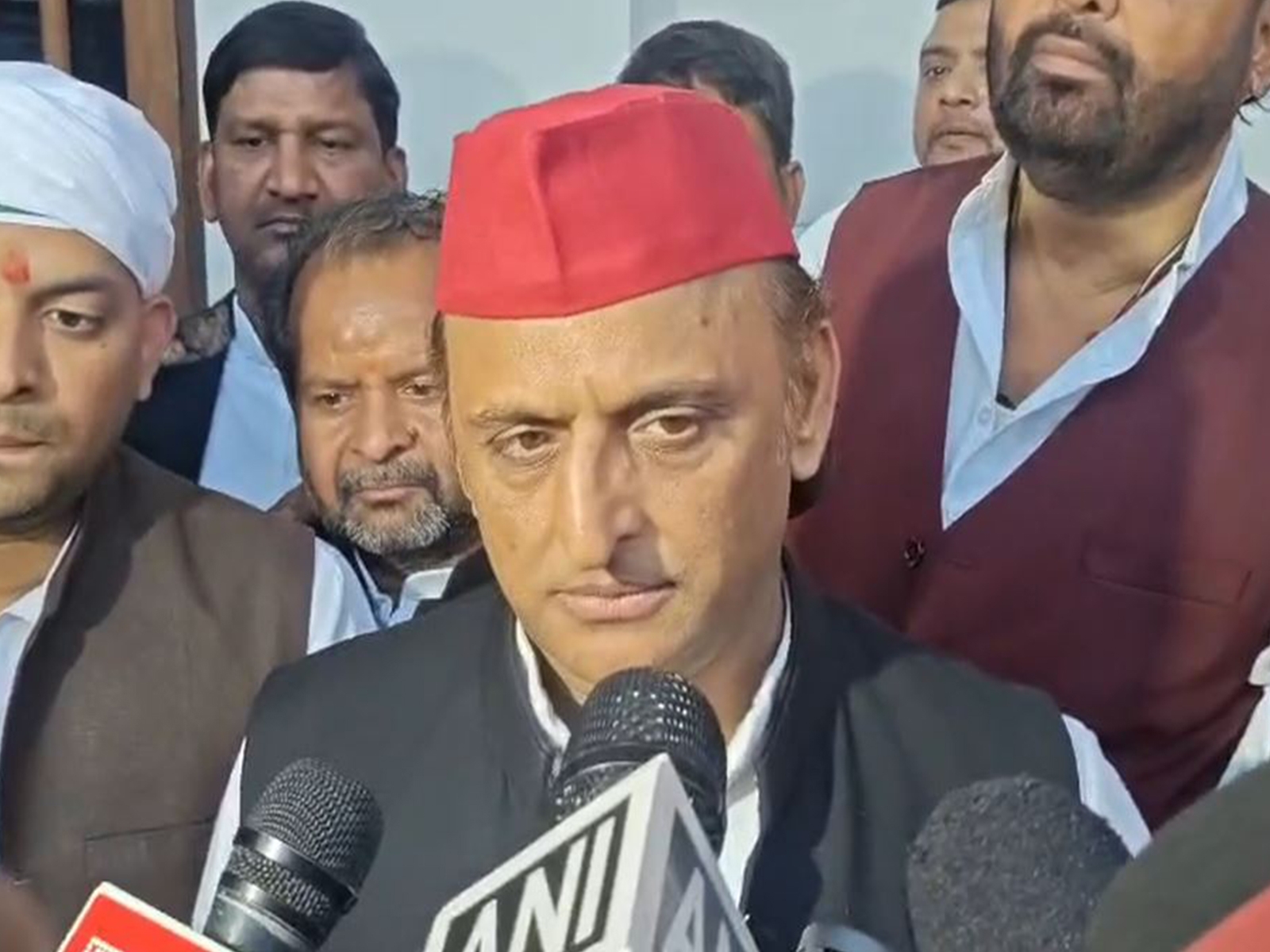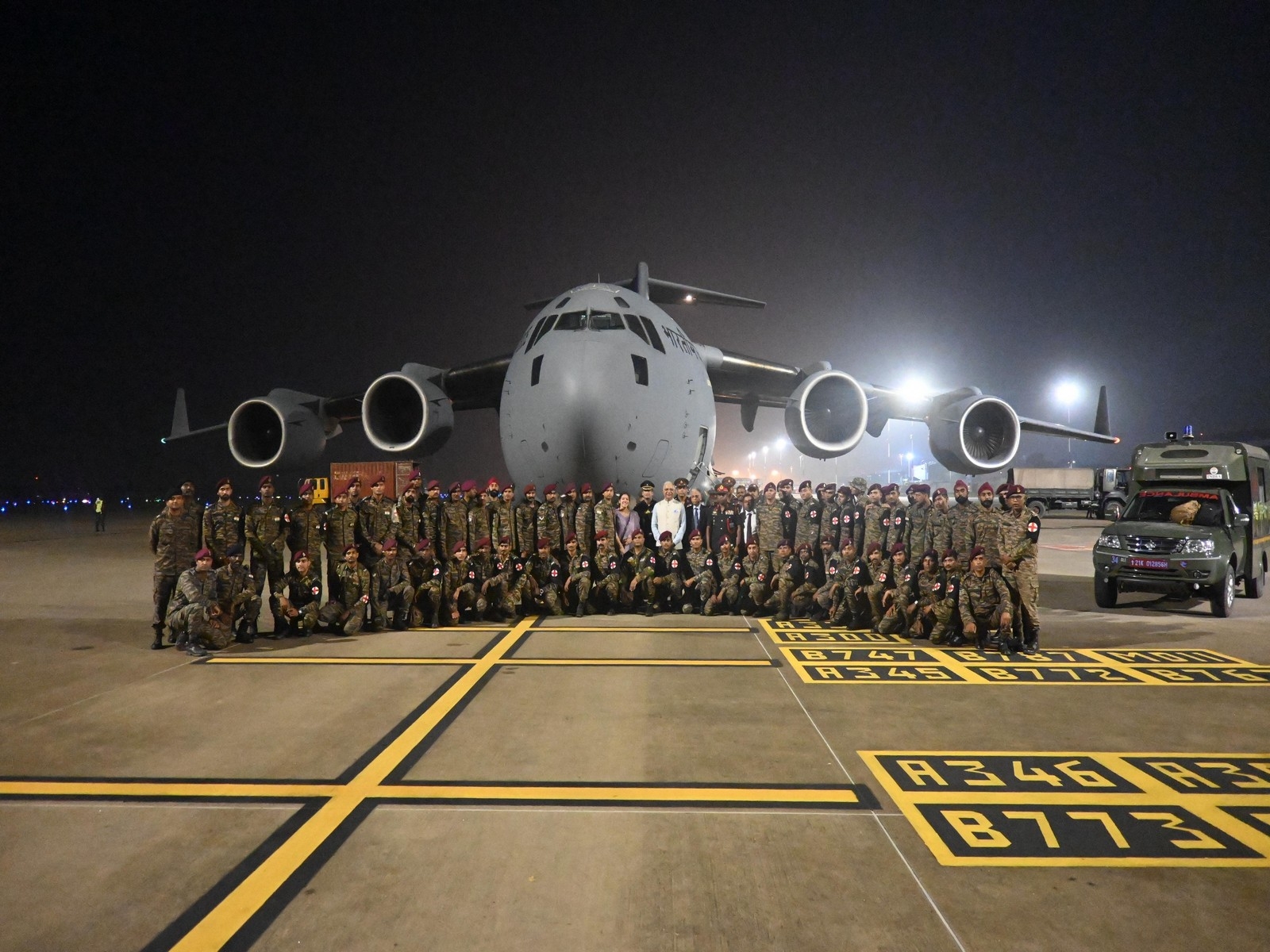Munnu is an endangered species from Kashmir. And his account of insurgency is a must-read

Malik Sajad is a colleague. A few weeks after he had joined us, I catch a whiff in the air that he is famous. That he is a published writer. Our desks are diagonally placed and I sit with my back towards him. I turn my chair and ask him if he has written a book. He has. A graphic novel originally published in Great Britain, and then in India - almost as an afterthought.
I resist the urge to Google him while he is looking. When he is not, I read rave reviews of Munnu: A boy from Kashmir in the international media. I learn that Sajad started drawing cartoons when he had barely stepped into his teens. That creativity is in his DNA. That he has a Master's degree in Image and Communications from Goldsmiths College, University of London. That his work has been exhibited in Poland, New York and London.
When I get my copy of Munnu, I ask Sajad to autograph it. He is having a rather busy day - but he writes me a nice note and draws me a deer. The hanguls, the endangered species, whose habitat has been wrecked by the army, or due to deforestation, and whose story Sajad tells in his book. The hangul's story is also every Kashmiri's story.
Sajad started working on the book in 2011. It took him around four years to complete it. Given the detailing in every single frame, I am not surprised. I sneak in a quick question: was it difficult getting it published?
"Publishing the book wasn't difficult at all. I emailed HarperCollins UK and they asked for the draft and then they published it," he says in a matter-of-fact way, as he goes back to doing what he does best - sketch.
Suddenly I am very conscious of the fact that I am sitting with my back towards him.

Growing Up
Sajad has packed in a lot in his 20-something life. As I read about his nightmares, the beatings, the abuse - I steel myself to not embarrass him by asking: is this a work of fiction?
Munnu was all of seven years when he started going to the darasgah to learn to read the Quran Sharif. The moulvi sahab there liked to flog kids to discipline them. Those who bunked class were hung by their hair until it tore out of their scalp. He then collected the hair in an empty apple crate.
Girls were also enrolled at this darasgah. Munnu fell in love with Saima - "whose beauty mocked the Big Bang theory and proved the existence of God and his craft".
He drew her portrait to woo her. Wrote one of Rumi's poems too. But his nervousness got the better of him every time he approached her. So he left her a diary on the bench. Saima never saw the diary, but the moulvi sahab did. Munnu was hung by his hair. Flogged. Kicked. To escape the humiliation and pain he decided to feign unconsciousness.
Pakistan will never have Kashmir, says Sushma Swaraj
Around the same age, his nightmares began. His neighbour Mustafa was taken to the crackdown identification parade, where the informer was sitting in the army vehicle. The informer pressed the horn - the cue for correct identification - and Mustafa was shot in the face. He died right there.
Munnu started wondering how dark it must be in the grave. Not just at night, but even during the day. What if Mustafa had not died? How would he get out? The sight of his brother sleeping with his eyes and mouth open scared him too. He couldn't sleep in the dark. And till the radio was turned on.
At school Munnu's headmaster spanked him for getting a haircut like "a baby pig". The headmaster chopped off his hair, which he had taken weeks to grow and told Munnu with every kick that he would end up being a plumber, carpenter or mason - till he passed out. This incident killed Munnu's self-esteem.
Munnu would often fill in for his elder and most favourite brother Bilal at his copper store while the latter was having lunch. An army officer would stop by and notice him alone, and one day this officer tried to sexually abuse Munnu.
When Munnu grew up to be Sajad and travelled to Delhi to take part in an exhibition at the India Habitat Centre, he is mistaken for a terrorist and hundreds of people gather to catch a glimpse of him - the terrorist!
I turn around to look at Sajad, now my colleague, and wonder: where does his humility come from? How does he manage to look so composed? How does he manage a smile? What stuff is he made of?
The Cartooning Phase
Encouraged by Bilal, Munnu sends his cartoon to the children's section of Daily Alsafa newspaper. He was 13 at the time.
If his first published cartoon highlighted the electricity crisis in Kashmir, he wanted his next to focus on Indo-Pak relations - though he had little idea about that. His brother coaxed him into reading the newspapers to understand the issue. Munnu got back to him in no time - with red lines crisscrossing the newspaper.
"Look! I understand that India and Pakistan should make peace, but it also says America should intervene. I don't understand. America is so far away, how is it relevant here?"
Soon enough Munnu 's next cartoon is on the Indian army - depicted as a bear eating Kashmiris. Of course that did not get published. Or his next. And next.
Munnu realised that newspaper owners do not publish anything controversial. So he decided to make a trip to the newspaper office himself to meet the editor - "So you're the one who doesn't publish my cartoons?"
The day he cleared his class 10 exam, he joined the newspaper as a cartoonist. By the time he turned 16, his cartoon - the army on crutches - had infuriated the army, and it came for him.
The veiled threats followed soon after. From a "foot soldier of resistance" who didn't like Munnu buying Indian propaganda: "Well, we know where to find you - that should suffice".

The Fake Encounters
He details the case of Rahman, a case he investigated as a reporter. Rahman's friend Farooq worked for the police, and promised to get him a government job, pocketing all his savings. When Rahman stepped out with Farooq he was handed over to the cops who were desperate to win promotions and rewards.
The cops took him to Wasoora village, shot him in the head and mutilated his face with bullets. Later police claimed Rahman was Hafiz, a dangerous terrorist, and earned themselves a medal and a cash reward of Rs 1,20,000.
However, when Hafiz's body was exhumed he turned out to be Rahman. The government of Kashmir then paid Rs 1,00,000 as blood money to Rahman's father. And his widow was given the job of a cleaner in a school for Rs 600 a month.
He also documents the case of a mentally unsound Kashmiri Pandit who did not want to leave the Kashmir Valley. As he sat by the window of his house, he was shot dead.
As I flip through Sajad's book, I begin to see the Kashmir crisis in a new light. Through a series of incidents, such as fake encounters, he lets the world know how the Kashmiris are suffering for years. Not just Kashmiri Muslims, but also Kashmiri Pandits. He even exposes the hypocrisy of the foot soldiers of resistance.
"A lot of Pandits were killed just so that some maniac could have the amusement of cracking their skulls," writes Sajad.
He points out how the slogan shouting - "Infidels get out of Kashmir, but leave your women here" - or pelting of stones by rowdy schoolchildren made the Pandits insecure and vulnerable. And rightly so.
But where Sajad does hit the nail is when a visiting American, Paisley, asks him how many Kashmiri people have died in the insurgency.
"I don't know. Figures vary - depending on who's talking. A few years ago, a group of Pandits reckoned it was around 250. People on TV debates say around 300 and around 500,000 refugees. Those who are around my age remember 600 or more dead."
And how many Kashmiri Muslims killed in the 1990s?
"I'd have to be the president of the gravedigger's association to know that. But given what I've seen, read and heard so far, I can only put it this way - a wannabe journalist or a human rights activist would say 90,000 dead, 40,000 orphans and 12,000 cases of enforced disappearances."
"Later on, after getting a job they might say 80,000 dead, 20,000 orphans."
"Journalists from India would say 30,000 to 40,000 dead mostly - probably followed by a small commercial break with ads about two different whitening creams for men and women..."
"The Indian government brags about 20,000 to 30,000 terrorists slain, including the foreign ones."
"Pro-resistance groups religiously stick with 100,000 martyrs, 20,000 cases of enforced disappearances and so on."
"Foreign journalists and academics try to sound serious by using unique figures like 47,000 or 72,000 and putting words like allegedly next to the name of eyewitnesses..."
Paisley's final question: Is the UN is still monitoring the situation?
"Basically, no one's really counted the dead. You can always bargain with the statistics, give or take. Give or take. You know?"
Mehbooba's Eid gift: amnesty for Kashmir's 'misguided' youth
Endangered Species
Kashmiris are an endangered species. And Sajad's analogy - with the hangul - is apt.
"In 2005 or 2006 I drew a cartoon about the situation in Kashmir; a couple of young men were killed by the Indian forces as usual in a village near the Line of Control and the news was placed in the briefs section on the left bottom corner of the front page, while most of page bottom was used for a story about deer who are endangered due to the conflict and shrinking green belt - only around 600 are left.
"So in my cartoon I drew a deer trophy next to a head of a Kashmiri and wrote 'endangered species' as a caption. In 'Munnu', I tried to convey the same message by using deer to represent the endangered people and their occupied habitat. I've made hanguls humanoid to narrate the tale of Kashmir."
As Sajad's fame grew, he gets an invite to have dinner with the ambassadors of the European Union who were visiting Kashmir.
Sajad tells them Kashmir needs a humanitarian intervention by the international community. The EU ambassadors tell him that would amount to "interfering in the internal matters of India. We don't have that authority."
The EU ambassadors leave Sajad with a solar-powered flashlight to save the world from global warming - as they tuck into their five-star hotel beds to enjoy the warmth of their electric blankets.
I am not sure if I could have lived the life Sajad has. But I am proud to have an endangered species in my office - even though I feel a tad guilty that I sit with my back towards him.
First published: 6 August 2016, 10:55 IST
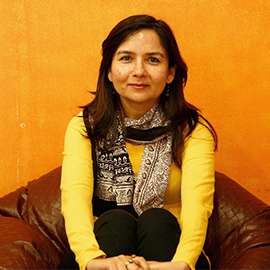
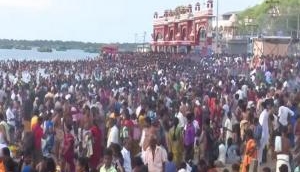
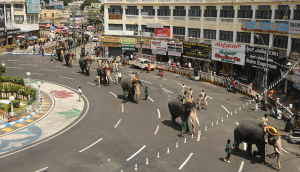
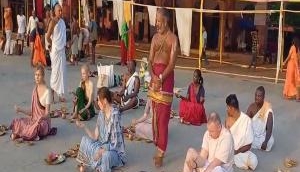
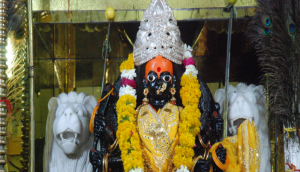
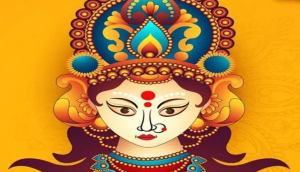
![BJP's Kapil Mishra recreates Shankar Mahadevan’s ‘Breathless’ song to highlight Delhi pollution [WATCH] BJP's Kapil Mishra recreates Shankar Mahadevan’s ‘Breathless’ song to highlight Delhi pollution [WATCH]](https://images.catchnews.com/upload/2022/11/03/kapil-mishra_240884_300x172.png)

![Anupam Kher shares pictures of his toned body on 67th birthday [MUST SEE] Anupam Kher shares pictures of his toned body on 67th birthday [MUST SEE]](https://images.catchnews.com/upload/2022/03/07/Anupam_kher_231145_300x172.jpg)


